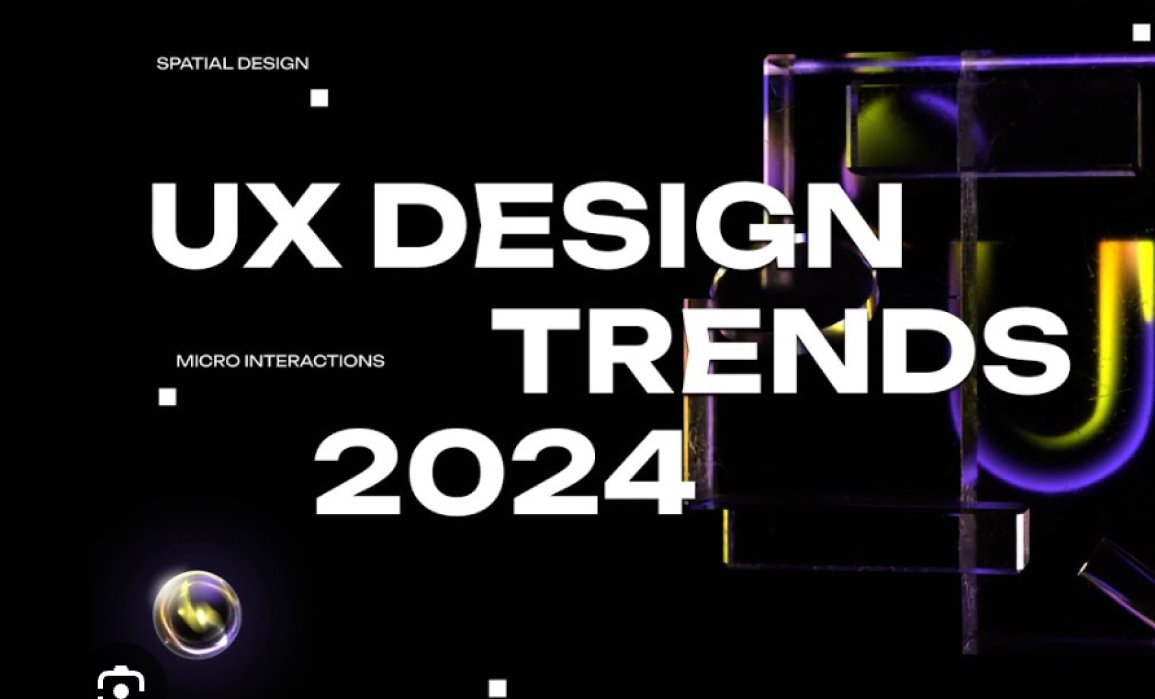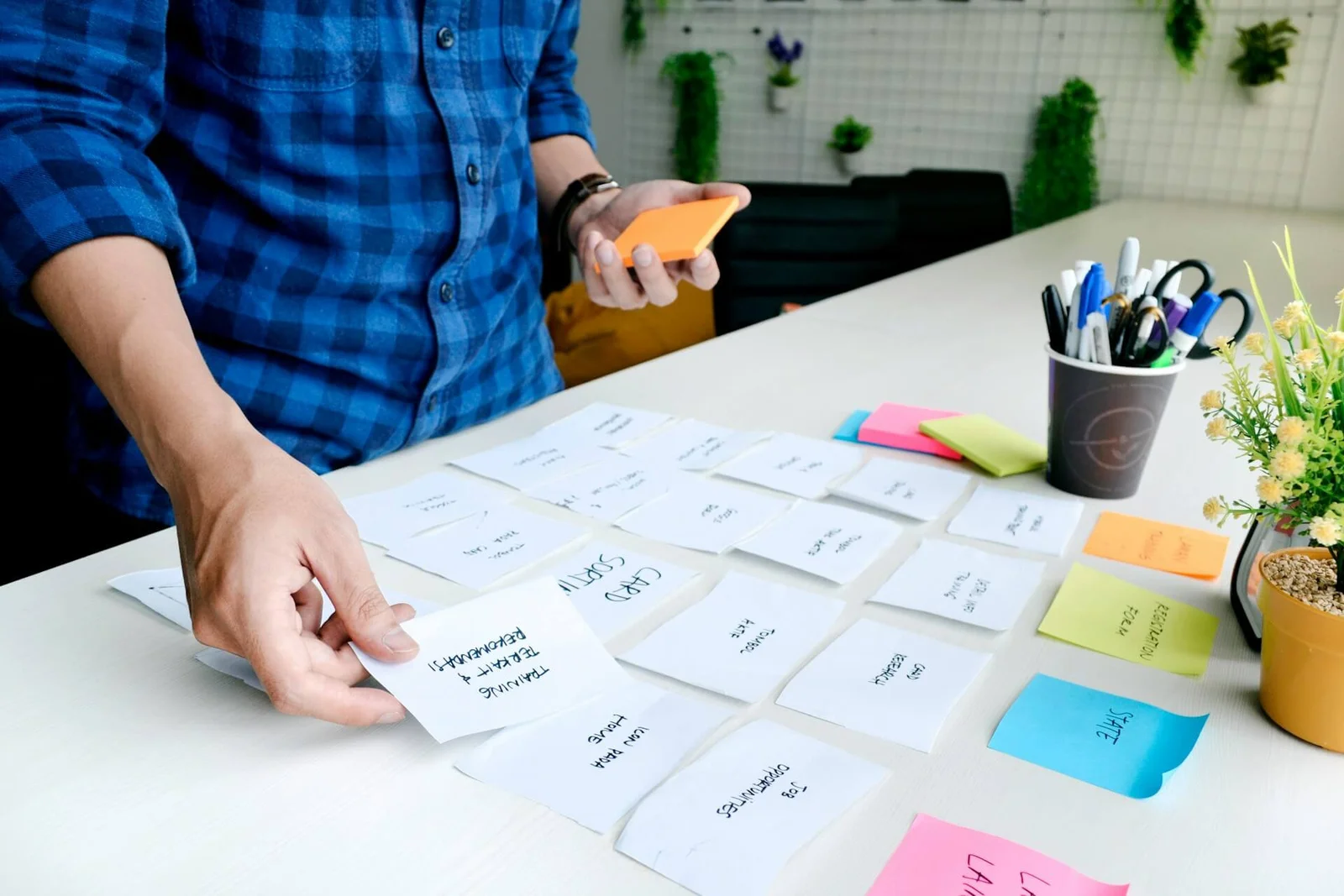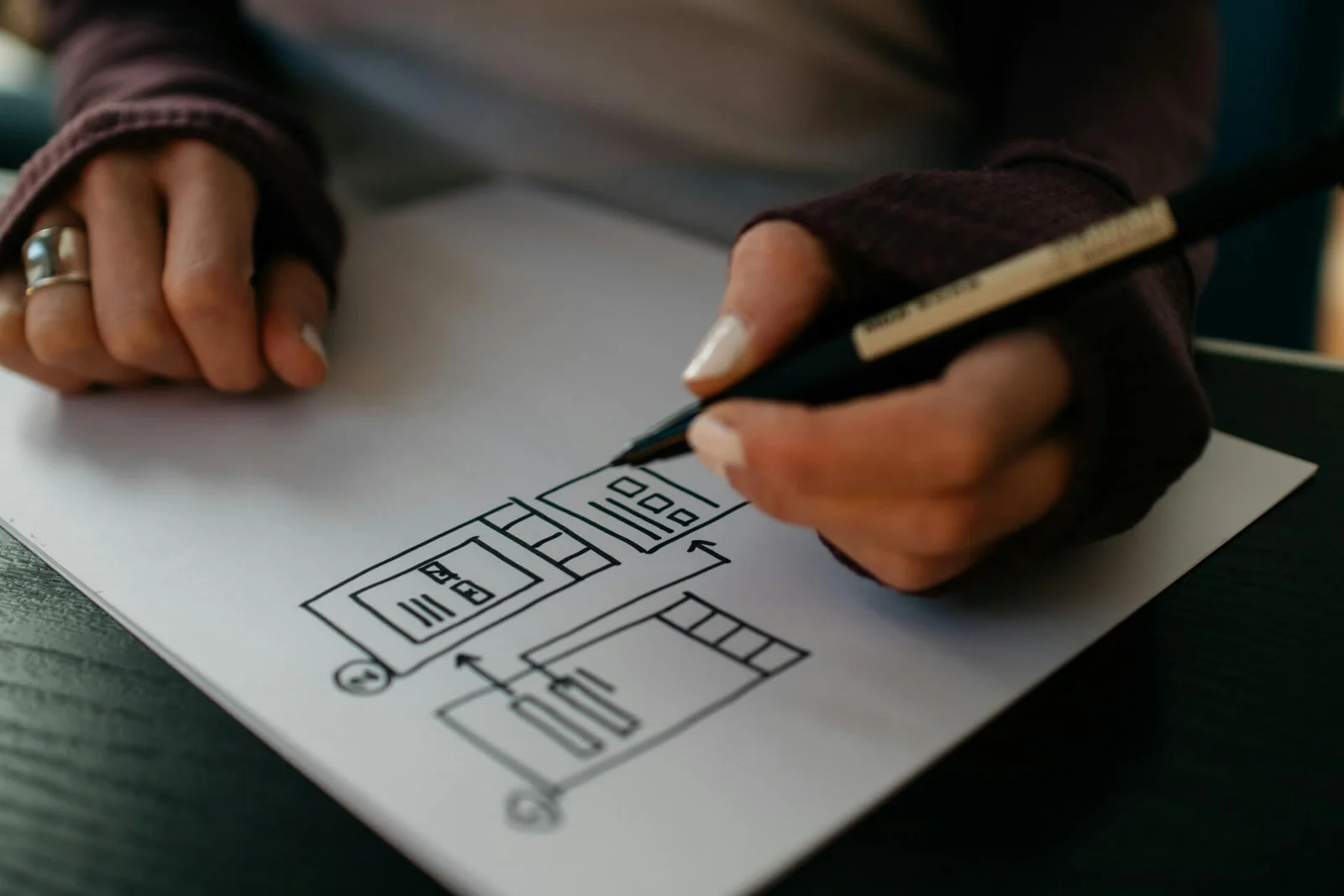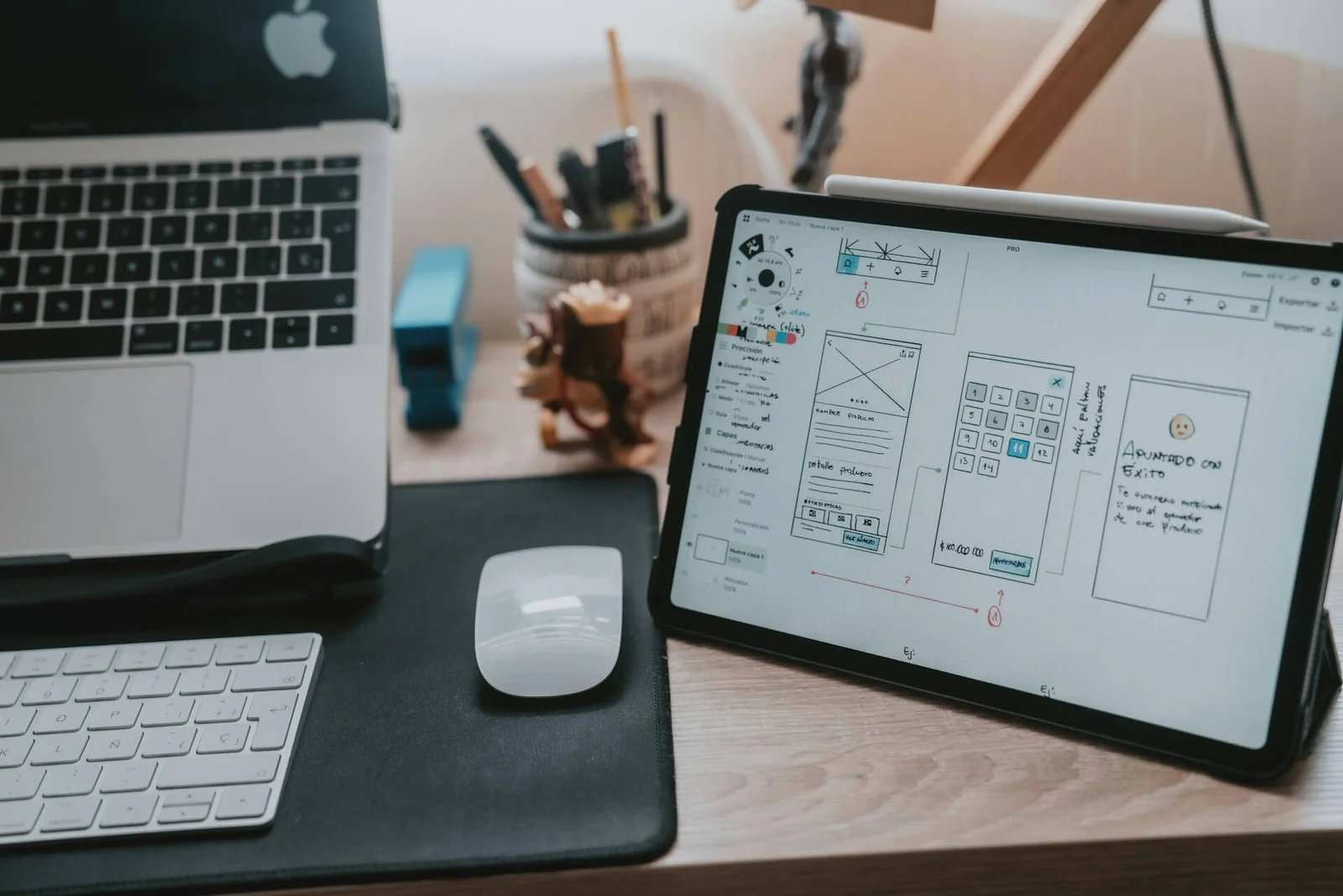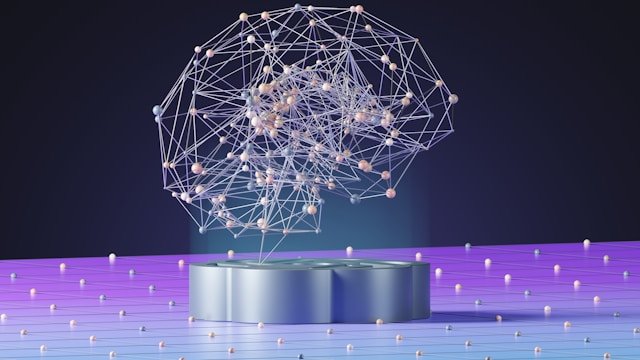
About This Project
When I started, there were few resources back in 2005. Now, in July 2024, we see tons of smart tools. Especially, the mass use of AI tools makes some designers worry about their future in UI.
SERVICES
Technologies
- Adobe Illustrator
- Adobe XD
- Figma
I have been working in the UI/UX industry for 16 years and have seen a sea of changes.
When I started, there were few resources back in 2005. Now, in July 2024, we see tons of smart tools. Especially, the mass use of AI tools makes some designers worry about their future in UI.
The latest data shows that 35 percent of Multinational Companies use AI in their business. Besides, 42% of companies explore AI potential. Over 50% of ventures will integrate AI technologies in 2024.
In the UI/UX sector, Figma and Adobe use AI in their software. They tested a demo version of AI and will add it to their regular features soon.
AI makes UI/UX design very competitive. But, my calculative guide will help UI designers take their future steps accordingly and successfully.
The Evolution of UX
User experience (UX) has changed a lot since Don Norman first used the term "user experience" in the early 1990s. Back in the 1980s, there were only about 1,000 UX professionals. By 2017, this number had jumped to 1 million, and it’s expected to reach 100 million by 2050. What’s behind this huge growth? According to the Nielsen Norman Group, three main factors are driving it:
- The PC Revolution: Before personal computers (PCs), the people who bought computers weren't usually the ones using them. As PCs became common, usability started to affect sales more.
- The Web Revolution: In the 1990s and early 2000s, people began using websites to interact with companies before buying products. This shift made it essential for businesses to focus on their online presence.
- Great Press Coverage: From 2010 to 2017, UX gained a lot of attention in the media. More people learned about UX, and its importance spread. Company leaders, startup founders, and hiring managers saw the value in hiring UX professionals.
The Impact of AI and ML on UX Design
Artificial intelligence (AI) and machine learning (ML) are already changing UX design by making user experiences more personalized, engaging, and efficient. As these technologies keep improving, their influence on product and service design will grow even more.
Related One: What are the principles of UIUX strategy?
Will AI Replace UX Designers?
The World Economic Forum says AI will change existing jobs but also create 92 million new digital jobs by 2030. Their Future of Jobs 2023 report suggests that from 2023 to 2027, businesses will prioritize design and UX skills along with AI and big data. However, automation will affect industries differently. Sectors like finance, transport, and logistics will see significant impacts, but jobs that need social skills and a "human touch" will be less affected.
How is AI Transforming the UX Industry?
AI's impact on the UX industry brings both opportunities and challenges. Here’s what AI means for UX professionals right now:
- New Tools and Technologies: The traditional UX toolset is changing with new AI-powered tools. UX designers must learn to use these tools, understand their limitations, and adapt to constant changes.
- Changing Job Roles: AI helps UX designers automate routine tasks, streamline workflows, and analyze large amounts of data. This allows designers to focus more on problem-solving, strategy, research, and vision.
- New Skills: With new tools and the evolving nature of the job, UX designers need to develop new skills. Research skills, strategic thinking, problem-solving, empathy, and intuition are now more important than ever.
- Higher Standards: AI enables the creation of hyper-personalized products and experiences, raising the bar for great UX. Designers must find ways to make their products stand out, with emotional design playing a key role.
- Ethical Challenges: AI introduces issues related to consumer trust, transparency, bias, manipulative design practices, and unintended outcomes. UX designers must ensure their design practices are ethical, inclusive, and safe.
Specialization in UX
The future of UX is specialized. As UX designers gain more expertise, having a focused discipline becomes more important. This trend is clear in job listings for UX positions, with companies looking for combination UX/UI specialists, interaction designers, UX researchers, content and product designers, and even voice-guided UI specialists.
If you already have a background in UX, now is a great time to expand your skill set and diversify your expertise. Learning to code, improving your design strategy and team leadership skills, or delving deeper into analytics can help you prepare for the future of UX.
Benefits and Challenges of AI in Design
AI offers many benefits to designers but also comes with challenges. Here’s a look at some of them:
Benefits
- Efficiency and Automation: AI can automate repetitive tasks like generating design variations and resizing images, allowing designers to focus on more creative aspects.
- Personalization: AI tailors designs to individual needs by analyzing user data and preferences.
- Data-Driven Insights: AI tools analyze large amounts of data, providing valuable insights into user behavior and design performance.
- Generative Design: AI explores numerous design possibilities, leading to innovative solutions.
- Improved Accessibility: AI tools enhance design accessibility for individuals with disabilities.
Challenges
- Lack of Creativity and Intuition: AI might struggle to replicate human creativity and emotional understanding in design.
- Ethical Concerns: AI raises ethical questions about bias, data privacy, and the responsible use of AI-generated content.
- Overreliance on Automation: Overdependence on AI can lead to a loss of essential design skills and a diminished understanding of design principles.
- Complex Implementation: Integrating AI into design processes can be complex and require significant technical expertise.
- User Resistance: Users may be hesitant to trust AI-generated designs, especially if the decision-making process isn’t transparent.
As you can see, AI is a powerful ally in the UX design process. Embracing it can lead to more efficient, personalized, and innovative designs, but it’s essential to navigate the challenges carefully to ensure ethical and effective design practices.
Recent Trends in AI and UX Design
- Voice Interfaces and Chatbots: AI is increasingly used to create voice interfaces and chatbots, making user interactions smoother and more intuitive.
- Predictive Analytics: AI tools predict user behavior and preferences, helping designers create more personalized experiences.
- Augmented Reality (AR) and Virtual Reality (VR): AI enhances AR and VR experiences, providing more immersive and engaging user interactions.
- Emotion AI: AI systems that can recognize and respond to human emotions are being integrated into UX design to create more empathetic and responsive interfaces.
- Adaptive Design: AI allows for adaptive design, where interfaces change in real-time based on user interactions and preferences.
By staying updated on these trends and continually improving your skills, you can ensure you’re prepared for the exciting future of UX design.
I'm Monodeep Samanat, an award-winning senior UX/UI designer based in London. Over my 15-year career journey in UX/UI design, I've navigated through various challenges and triumphs. Now, I'm excited to share my insights and experiences through articles. Join me as I delve into the dynamic world of UX/UI design.
 Monodeep Samanta
Monodeep Samanta

